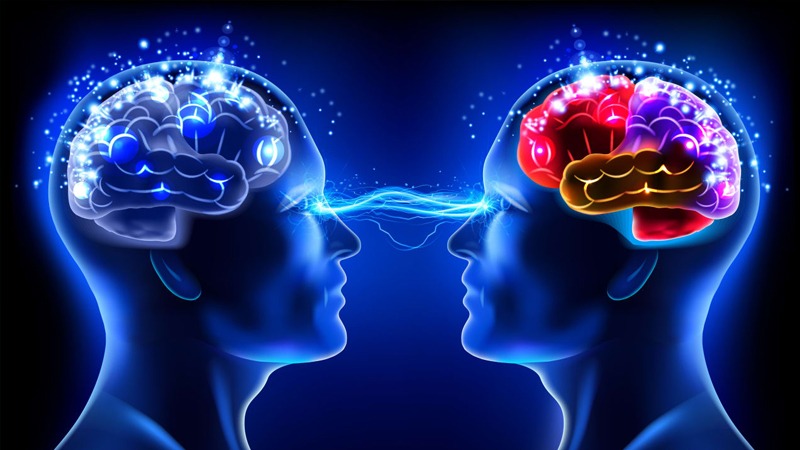Physicists and neuroscientists from the University of Chicago, Harvard, and Yale have collaborated on a study describing how neurons connect in the brain. Published in Nature Physics on January 17, 2024, the research explores the connectivity of neurons through general principles of networking and self-organization, rather than relying on the biological features of individual organisms.

Neurons establish connections through synapses, forming a complex network crucial for communication and interaction. Despite the intricate nature of these connections, networks of brain cells tend to be dominated by a small number of strong connections. This “heavy-tailed” distribution is essential for various cognitive functions.
The researchers aimed to understand whether this distribution arises from biological processes specific to organisms or results from basic principles of network organization. To answer this, they analyzed connectomes, or maps of brain cell connections, from different model organisms such as fruit flies, roundworms, marine worms, and the mouse retina.
The scientists developed a model based on Hebbian dynamics, a concept stating that “neurons that fire together, wire together.” This means that the more two neurons activate simultaneously, the stronger their connection becomes. The researchers found that Hebbian dynamics produced “heavy-tailed” connection strengths across different organisms, suggesting a general principle of networking.
The model also explained clustering, a phenomenon where cells tend to connect with other cells they share connections with. This networking principle, originating from general principles rather than specific biology, was observed consistently across various organisms.
However, the researchers acknowledged that biology involves randomness and noise. Neurons can disconnect and rewire, weak connections are pruned, and stronger connections may form elsewhere. Accounting for randomness improved the model’s accuracy, highlighting the balance between Hebbian organization and randomness in brain circuits.
Leave a Reply